Category: Uncategorized
Project Progression
I have discussed the joy I have with shooting with flash, although my knowledge and skills are basic. The previous project using flash and the use of non models was to show a voyeuristic style, a spotlight at night giving the viewer a tunnel vision to the subject. It was to show the mutual exploitation of labor of image exchange from both the photographer and the non model. It was also to explore the invigorating feeling both parties experience in organising a shoot and both are part of the creation but also what you as the photographer can request through pose and control someone else’s form.
As I have previously explained my selfie portraits have been put on hold so I have progressed my project from being within my studio and playing with my own form as the model, aiming to highlight the objectification of form with no identity – only identity through my own clothing. Consumers fetishise over clothing – the object – and its’ product imagery but there is the importance of form to give life to the clothing, without it they are limp and lifeless as discussed through my still life work. But you are able to manoeuvre the lifeless clothing to create a narrative, and this is something I am moving toward with the lack of ability to shoot myself in the studio. Due to my flat being very small and packed full, there is not much space to create a blank backdrop to make it a simple task to Photoshop my head and limbs out of the picture.
On a recent tutorial Sarah Hayes (April 2020) highlighted how the difference between the studio imagery and using my own form to pose, and the change to indoor modeless imagery, means that the styling and composition becomes important, which I agree with.
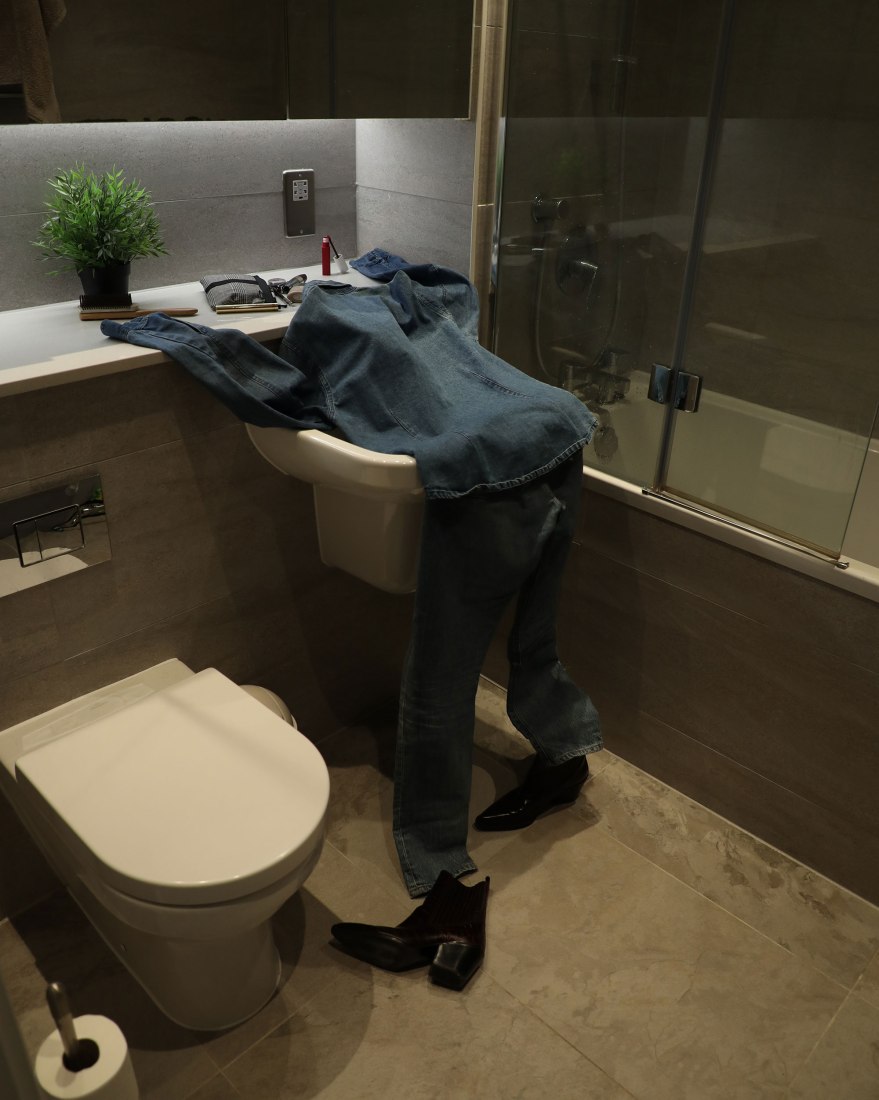
Fig 1 Victoria Smith, Untitled, April 2020
This above image I would like to attempt again. I used my older camera as it was the only camera that would work my basic Jessops’ flash. I’ve moved forward by mounting my newer camera on a tripod with a slower shutter speed and then pressing the test button on my flash, which triggers it to go off. The struggle with getting this angle – so the viewer can see ‘the scene’ of the disappearance of the form (whilst the subject was doing there make up) is I can’t use a tripod at this height.
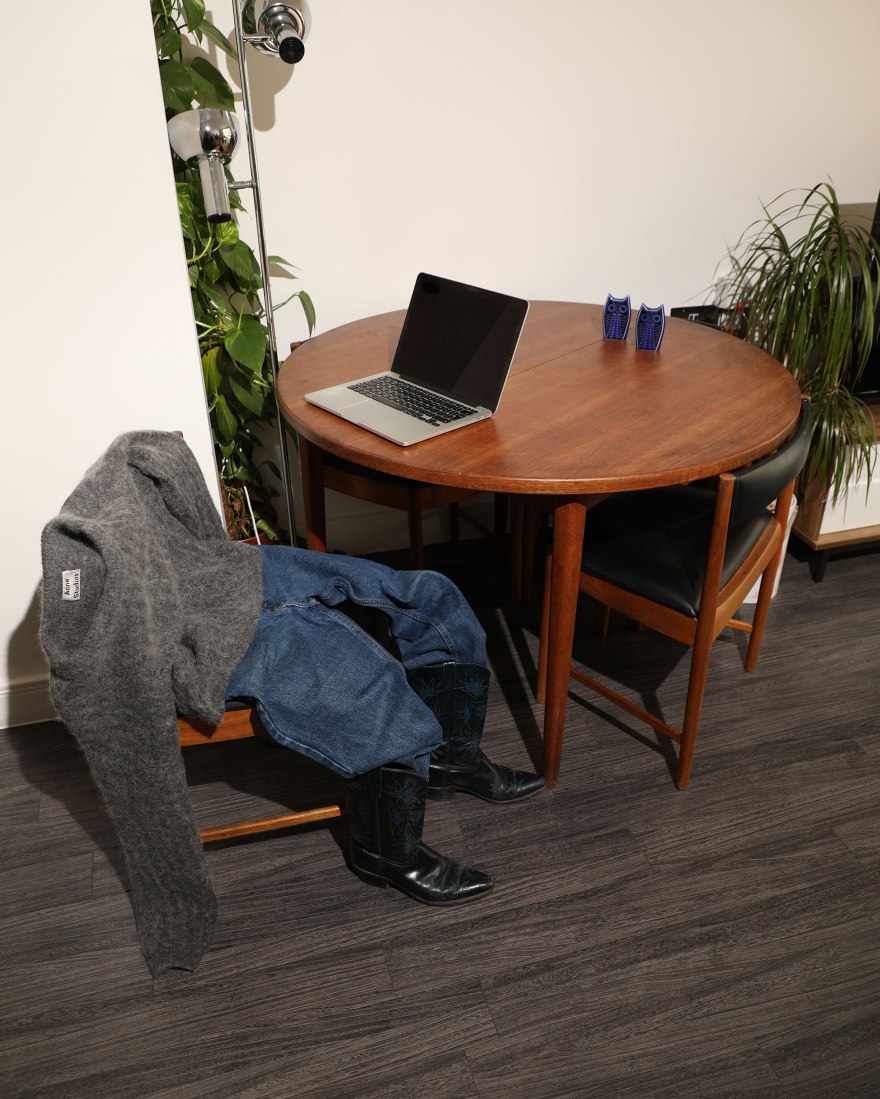
Fig 2 Victoria Smith, Untitled, April 2020
This one was my favourite outcome, the flash worked well in the lounge space and the colours of the teak table, greys, greens and blues all compliment one another. Here I did attempt to create form within the jeans, it was purposeful to show brand and label of the jumper and ideally I would like this throughout the imagery, it just depends on where I can fit the tripod as to whether the viewer will be able to read the labels.
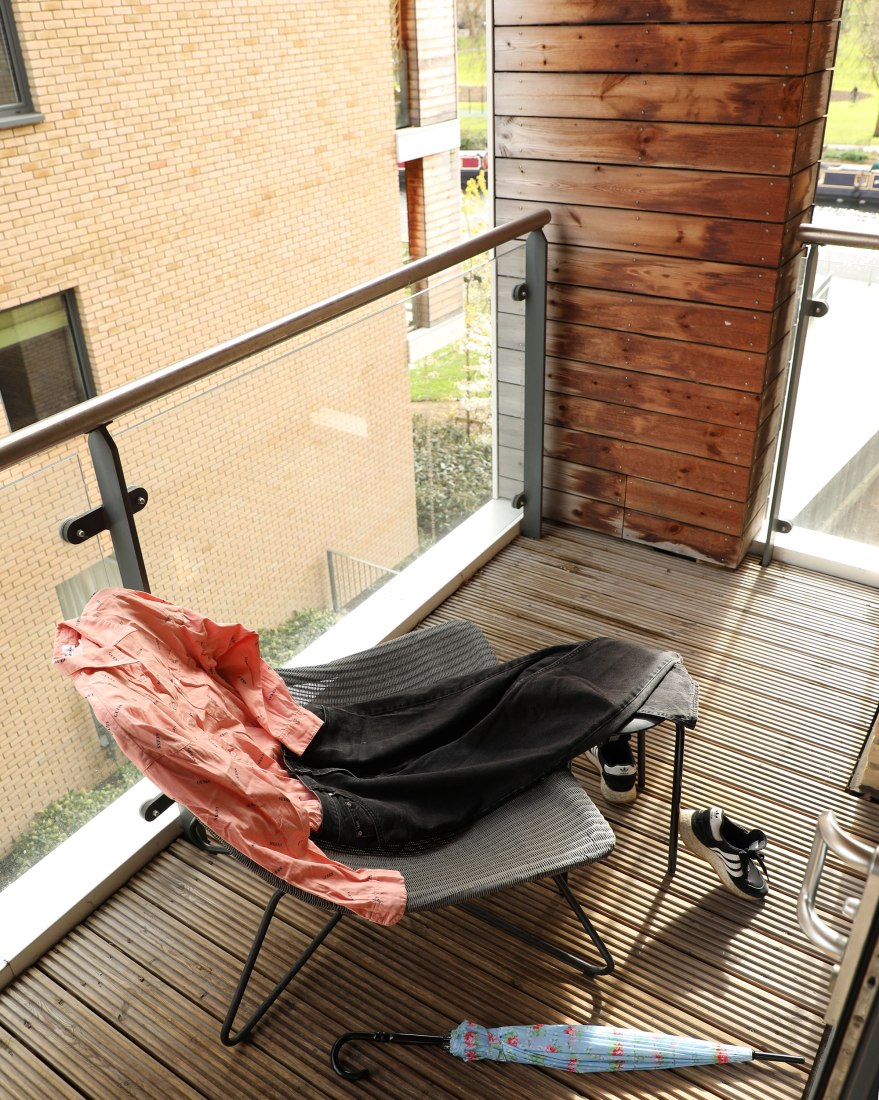
Fig 3 Victoria Smith, Untitled, April 2020
I don’t feel this one worked or has the same effect as the previous two. The pose of crossed legged didn’t come off correctly. I might consider clothing that has more structure, if I shoot on the outside chairs again. There is also a lot going on here but none of it is the nice to look at.
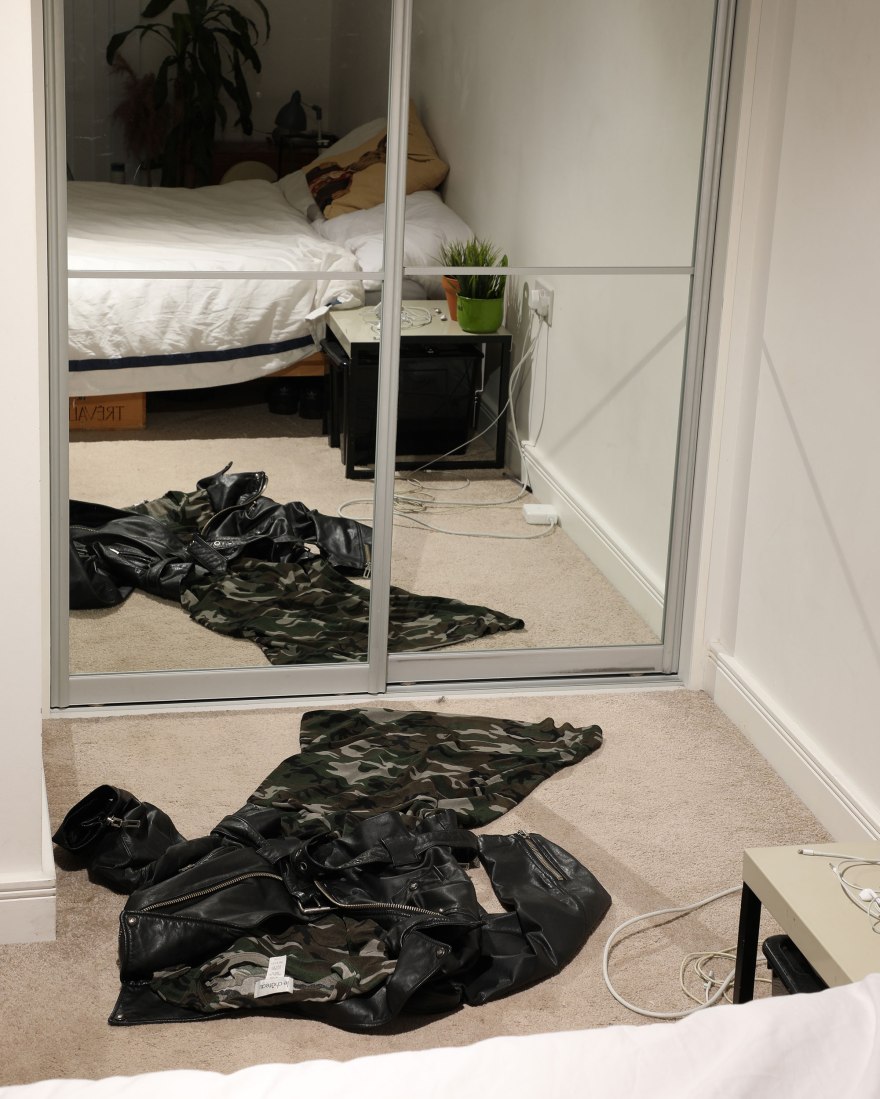
Fig 4 Victoria Smith, Untitled, April 2020
I’m not fully convinced this is portraying the idea I had in mind, which was getting ready for a night out. What I do like is it feels like the viewer has rolled over in bed to see where the person has gone but you can’t see a camera or anyone in the mirror.
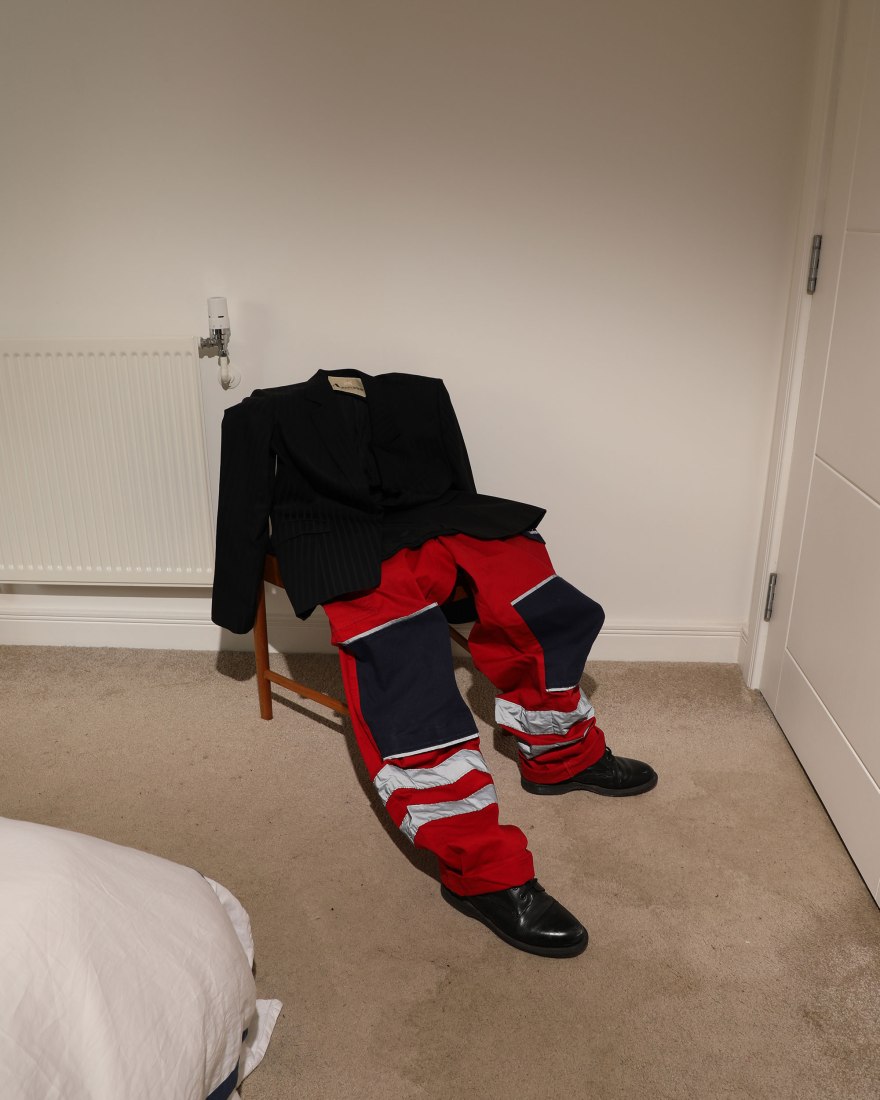
Fig 5 Victoria Smith, Untitled, April 2020
I like the trousers and boots but the jacket does not work in terms of styling – it’s too dark and sits badly on the chair. Not sure what’s going on with the left knee either. This is a rental property so with the flash the carpet comes up looking filthy but that could work with candid feel. I’m not impartial to shooting the honest grime of the environment I’m shooting within.
From the webinar feedback, I’m going to work on the styling and creating a bit of life within the fabric. The fully flat clothing, such as the bathroom scene and outdoors came off just too flat. For me visually it’s not ideal that I go from flash to outdoors but I don’t have many options. I would like to create a story within my imagery being influenced by the vintage movie posters from the Louis Vuitton 2020 Pre-Fall Collection (Phelps, Vogue, 2020), on the posters they have captions saying “Jennifer Connelly is …” like captions used on old movie posters and I am also considering the use of captions to enhance a narrative and give more context to the imagery. One of my favourite vintage film posters is When Dinosaurs Ruled the Earth with the caption, “Enter and age of unknown terrors, pagan worship and virgin sacrifice.” (Guest, 1970)
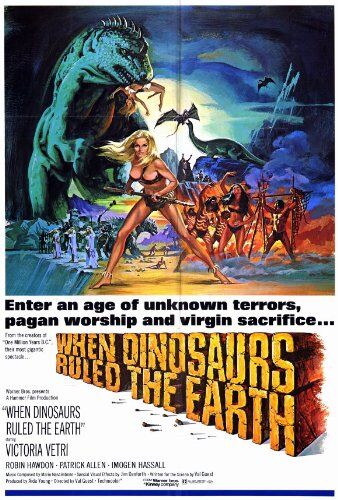
Fig 6 Val Guest, ‘When Dinosaurs Ruled the Earth’, 1970
BIBLIOGRAPHY
Fig 1, 2, 3, 4, 5 Victoria Smith, Untitled, April 2020
Fig 6 Fandom, Dinopedia, Publishing Date Unknown, ‘When Dinosaurs Ruled the Earth’, https://dinopedia.fandom.com/wiki/When_Dinosaurs_Ruled_the_Earth, [Accessed] 5th April 2020
Guest, Val, ‘When Dinosaurs Ruled the Earth’, 1970, Hammer Films, https://www.imdb.com/title/tt0066561/?ref_=fn_al_tt_1, [Accessed] 5th April 2020
Vogue, Nicole Phelps, 23rd January 2020, https://www.vogue.com/fashion-shows/pre-fall-2020/louis-vuitton, [Accessed] 25th January 2020
Amalia Ulman & Social Media
Amalia Ulman created a fake Instagram account to highlight, “the way women are fetishised online as a way of telling a story” and that “I knew how easy it was to get attention through objectification alone.” (FT Magazine, 2020). She cultivated her imagery using common image styles and signifiers popular to Instagram users.
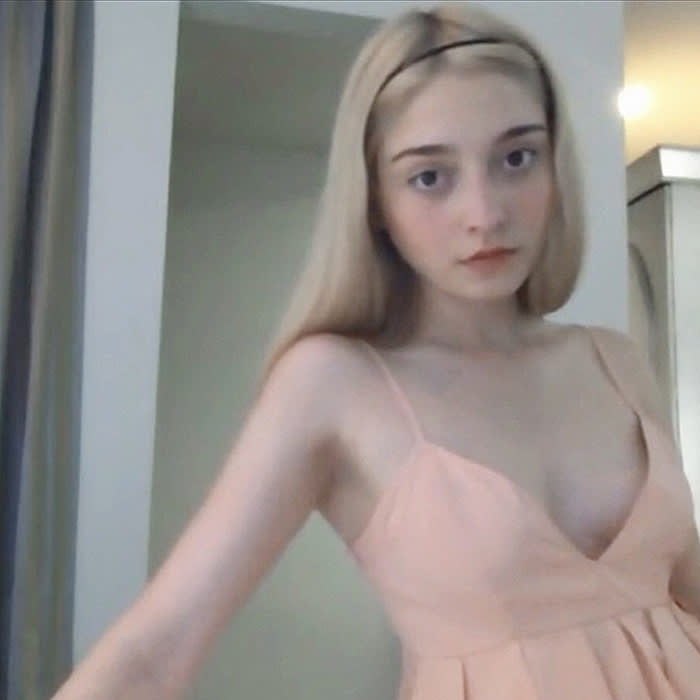
Fig 1 Amalia Ulman, ‘Excellences & Perfections’, 2014
Throughout the months of having this persona, Ulman presented a narrative of a young women’s lifestyle and even beauty augmentation journey. She became some sort of an influencer building up her followers through lifestyle imagery. Her work highlights how easy it is to self-promote using Instagram and completely fabricate who you are through objectification alone.
“Critic Brian Droitcour has described the rise of social media as a rebalancing of image-making power: the “aestheticization of everyday life in social media…has leeched the authority of image-making from mass media and from art.” In an important shift, social media has given far more people than ever before the means to self-publish.” (Archive New Museum, Unknown)
The masses have taken photos since the camera was made available to buy at an affordable price, but with these social media platforms, they have enabled everyone show their images and lifestyle, and have disintegration the gap between the famous and rich. People aren’t just interested in seeing images of models and actors, they are enriched by others, like a global extension of community. But famous people have also become more human in our eyes, they are no longer unreachable, you can keep up to date with your favourite celebrities, share in their mistakes, joy and laughter. It’s hard to know whether these points are negative or positive, take the global community point, social media has been able to highlight plights all over the world in a non-invasive way through image making.
Whilst Ulman’s work highlights the way women and ‘personalities’ are fetishised online, she too has also used the platform to get attention and highlight her own work as a performance artist. Ulman uses herself to prove how anaesthetised we are to mass objectification and the non-reality we live in and choose to believe. Ulman believes that we ‘swaddle’ ourselves in lies and that we are all aware of them but choose to embrace it through our own set of stories created online. (NY Art Beat, Unknown)
For my project I am looking at the way we objectify ourselves and create an online brand / persona – all the carefully selected parts of our life to build our online personality. It’s about identity, but also the lack of it through fabricated and cultivated imagery.
Ulman’s show Dignity (2017) veered away from using herself, there was an installation in a room, which had a curtained stage with a pole at the centre and mirrors as the walls. What I like about this approach is it is turning the lens on the viewer and in public you are looking at yourself not her, or the images she created for you – you are the gaze of the project. There is something really exposing to it, not only a question of vanity and the gaze, but also the vulnerability of publicly being the portrait in question, all together in a gallery space. But this change was not to everyone’s taste:
“There’s no doubt the world she offers here—one where women are constantly being observed—is a truthful one, but it’s also a bit hollow. Ulman leaves viewers in what is literally a hall of mirrors: a room where all we can do is look at ourselves looking at ourselves. What can that possibly solve?” (Greenberger, 2017)
Included in the show were pictures of herself as if she were on the red carpet, where semen had been Photoshopped onto her face.
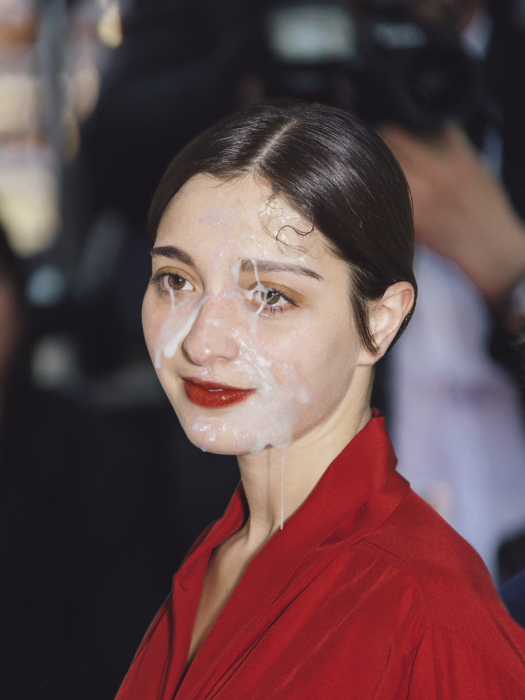
Fig 2 Amalia Ulman, ‘Dignity’, 2017
The semen to me represents everyone’s objectification when they look at an image. Even when people head to gallery spaces it’s to view an object or image that we in turn fetishise over and this semen is that fetishism of both living subject or non-living. It’s the last step in a mans arousal through the stimulation of the senses or thoughts, visual or physical. This semen represents us all, what we do every day flicking through magazines, online shopping and Instagram feeds, etc. Reading about her work I question the intent and the pleasure we get from looking at images, the chemical reaction in our brains and the need for this image stimulation and the pleasure of providing imagery for others.
BIBLIOGRAPHY
Fig 1 Amalia Ulman, ‘Excellences & Perfections’, 2014, FT Magazine, 3rd January 2020, https://www.ft.com/content/d2cb7650-279b-11ea-9a4f-963f0ec7e134 [Accessed] 29th March 2020
Fig 2 Amalia Ulman, ‘Dignity’, 2017, Fuentes LLC, James, NY Art Beat, Publishing Date Unknown, http://www.nyartbeat.com/event/2017/7668 [Accessed] 4th April 2020
Archive New Museum, Publishing Date Unknown, Ulman, Amalia, ‘Excellences and Perfections’ 2014, https://archive.newmuseum.org/exhibitions/2487, [Accessed] 29th March 2020
Greenberger, Alex, 28th March 2017 ‘Dirty Dancing: Amalia Ulman’s Intriguing Show at James Fuentes Rings Hollow’, https://www.artnews.com/art-news/reviews/dirty-dancing-amalia-ulmans-intriguing-show-at-james-fuentes-rings-hollow-8032/, [Accessed] 4th April 2020
FT Magazine, Photography ‘Amalia Ulman: why I staged my own Instagram meltdown’, 3rd January 2020, https://www.ft.com/content/d2cb7650-279b-11ea-9a4f-963f0ec7e134 [Accessed] 29th March 2020
Joseph, Marx, Schulman, Ariel, Schulman, ‘Nev, Catfish’ https://www.imdb.com/title/tt2498968/ [Accessed] 29th March 2020
Fuentes LLC, James, NY Art Beat, ‘Amalia Ulman “Dignity”’, Publishing Date Unknown, http://www.nyartbeat.com/event/2017/7668 [Accessed] 4th April 2020
Westfield Stratford City, Saturday Afternoon
This week has taken me down an avenue I had not expected. At first I was simply going to explore the secondhand industry but after spending some time in the library I started to be reading more and more of over consumption. I went from Karl Marx’s Commodity Fetishism (Marx, Reins, 2002) to Elle Magazine online in searching and contemplating facts and theory for human behaviour, desire and shopping. Marx (2002) believes that, “Fetishism is so far from raising man above the appetites that it is on the contrary “the religion of sensuous appetites”. The fantasy of the appetites tricks the fetish worshipper into believing that an “inanimate object” will give up its’ character to satisfy his desire”. In a capitalist society we fetishise objects and desire them religiously. My housemate who recently had to visit the Apple store at Westfield, claimed that she felt uneasy in the shopping centre like it was some kind of cult or church of consumerism.
Today I went along, I needed (had decided I needed), a couple of vest tops to replace my tired looking ones (which will head to the charity bin at the end of my road, most likely be rejected by the shops in the UK and given to ‘the rag man’, but that’s for a later post). Camera in hand I took a few shots, it was interesting to see the bridge which connects the old Stratford Shopping Centre to Westfield Stratford City, as if implying some sort of aspiration for Stratford locals, tempting them into a higher priced centre and Stratford International Station and beyond! I entered H&M and was sent upstairs to vest tops only to find they were apparently located on the lower floor. I went into & Other Stories and the exact same thing happened. There is no logical colour sections or garment sections, everything just interweaved so you have to look at everything in order to find what you are looking for and the staff have no idea either. It’s assumed everyone is looking to be tempted and made to desire. Another interesting point was H&M, a cheapish high street store was packed full of people and clothes, whereas & Other Stories (H&M’s pricier store) was calm and basically empty. It was less about the shopping experience but more about getting more for less.
Marx on Religion, edited by John C. Raines, Temple University Press, 2002.
First Trip Out
I took a trip to a vintage fair in Hampstead as I’d come to the conclusion that I wasn’t going to find any answers behind closed doors and through purely theory work. I made the decision, as the fair was indoors, to ask the organisers and stall holders if I could take pictures. I believe that street photography laws state that once indoors you cannot take photos of people freely and without permission. I wasn’t so much taking pictures of people but the items for sale and the care their took in presenting their items. I opted for a a 24mm lens as read it’s good for street photography but also gives a little extra information than what the eye sees. I also wanted to veer away from the 18mm-135mm lens I got with my DSLR as it’s just looks ridiculous when shooting people and markets. I went for a low f/ number to focus on the foreground with lots of hazy colour of clothes and jewellery behind.
The experience was interesting at first you ask shamefully if you can take a picture but there was not one rejection. By the end I snuck up some stairs to get a wider and higher visual of the market as whole. I’m still working on how to link the images with my research and theory but hoping something will click by continuing to head out to various markets and carboot sales. I’m still trying to work out whether if the imagery is stimulating enough. I’m considering now shooting some purchases I’ve previously bought second hand at home.
